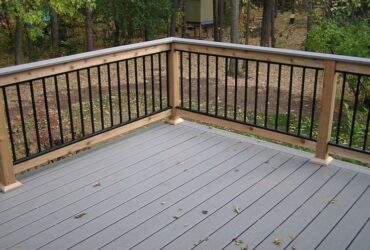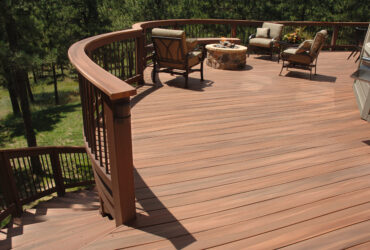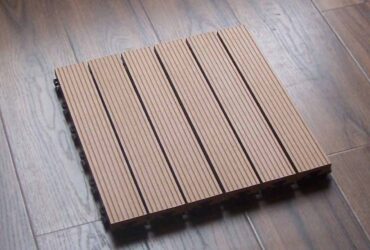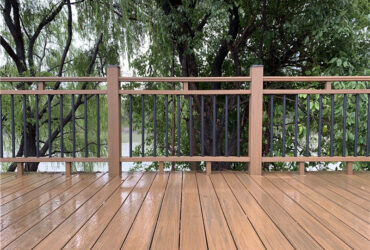Research Status of Green Composite Materials of Degradable Plastics
Wood plastic composite (WPC) is a green industry that has been booming in recent years. Its basic raw materials are wood materials and plastics, which have better performance or certain functions than traditional plastics. Wooden materials are renewable resources, but residues will inevitably be produced during processing. Wooden raw materials include wood powder, rice husks, straw, etc. Plastic has been completely integrated into people's lives and plays an indispensable role. Plastics such as polyethylene (PE), polyvinyl chloride (PVC) and polypropylene (PP) have become closely related to people's lives. However, the usage and recycling status of plastics are not satisfactory, and white pollution has become a major problem facing the environment today. And because plastics are difficult to degrade, incineration and landfilling will also cause secondary pollution to the environment. In addition, petroleum, the raw material used to make plastics, is also facing depletion. In this context, WPC came into being. WPC can be manufactured by molding, extrusion and injection molding by adding certain additives to the remaining wood materials and plastics that are difficult to degrade in production and life. The prepared WPC material not only retains the characteristics of the original plastic (such as toughness), but also has the hardness of wood materials, and can also alleviate the shortage of wood resources.
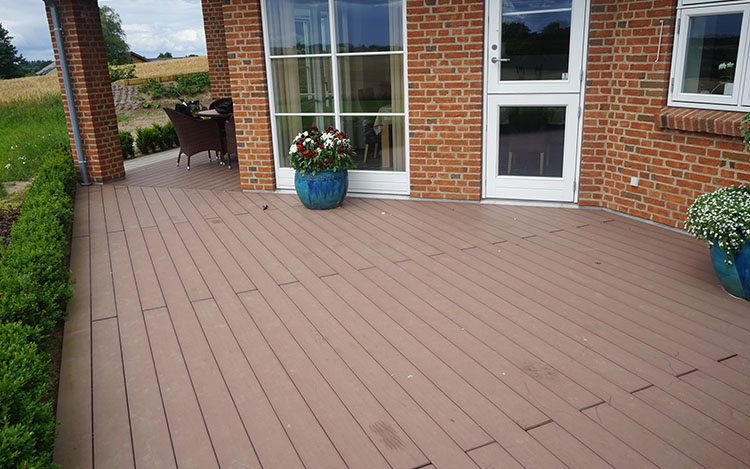
Traditional WPC has been widely used in daily life, mainly used in indoor and outdoor decoration materials, packaging and transportation, garden landscaping and other fields;For example, PVC-based WPC has good electrical insulation and chemical resistance, and is often used to produce wood-plastic pallets, shelves, and floors;PE-based WPC has good chemical stability, high hardness, and good impact resistance. It is mainly used for outdoor garden construction, and can also be used for exterior wall decoration. It is mostly used as outdoor landscape bridges, park trash can decoration, and pavilion construction materials;PP-based WPC has high surface hardness, low density, and high bending strength, but its low-temperature toughness is poor, brittle, and easy to break, so it is limited to outdoor use.
Biodegradable plastics commonly used in WPC include polylactic acid (PLA), polypropylene carbonate (PPC), and polybutylene adipate-terephthalate (PBAT). Polybutylene succinate (PBS) and polyhydroxyalkanoate (PHA) are not widely used in WPC due to price reasons. Due to the complexity of the plastic base, the recycling cost of traditional WPC may be higher than the production cost of new WPC, which makes manufacturers reluctant to recycle it. However, degradable WPC can effectively solve this problem and make complete degradability possible.
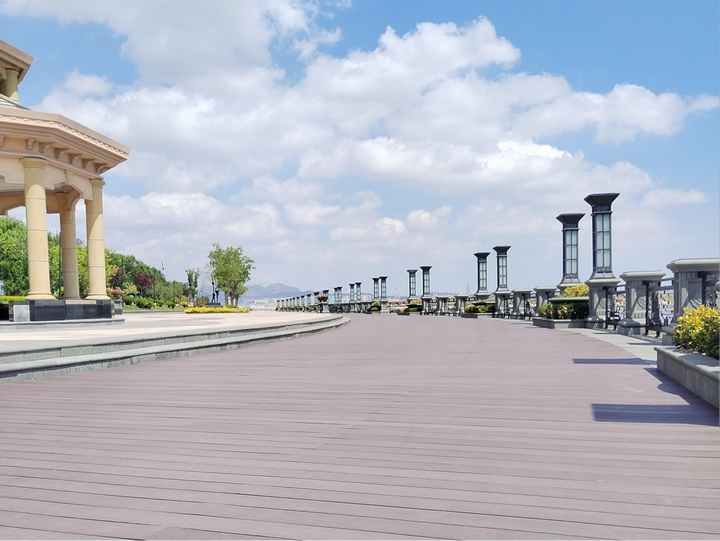
At this stage, many experts at home and abroad are committed to the research of WPC, many of which use degradable plastics as raw materials. The combination of different plastics and different wood fibers can produce different effects. However, the performance of degradable plastics will have certain shortcomings (such as poor mechanical properties, poor thermal properties, and excessive cost). Therefore, some scholars have modified degradable plastics, such as mechanical properties, flame retardant properties, anti-corrosion and anti-aging, to improve certain properties of WPC and make it a functional material.
Due to the poor compatibility between the wood material itself and plastic, WPC has poor performance. In order to improve the compatibility between the two, researchers use physical and chemical methods to improve their compatibility. Since then, WPC has developed vigorously and processing technology has been rapidly optimized. Extrusion molding, injection molding, and compression molding are currently relatively mature preparation methods. A major problem in putting degradable WPC into the production line is its high raw material price. The price of degradable plastic is much higher than that of traditional plastic. Therefore, reducing the production cost of degradable plastics is also a focus of research.

